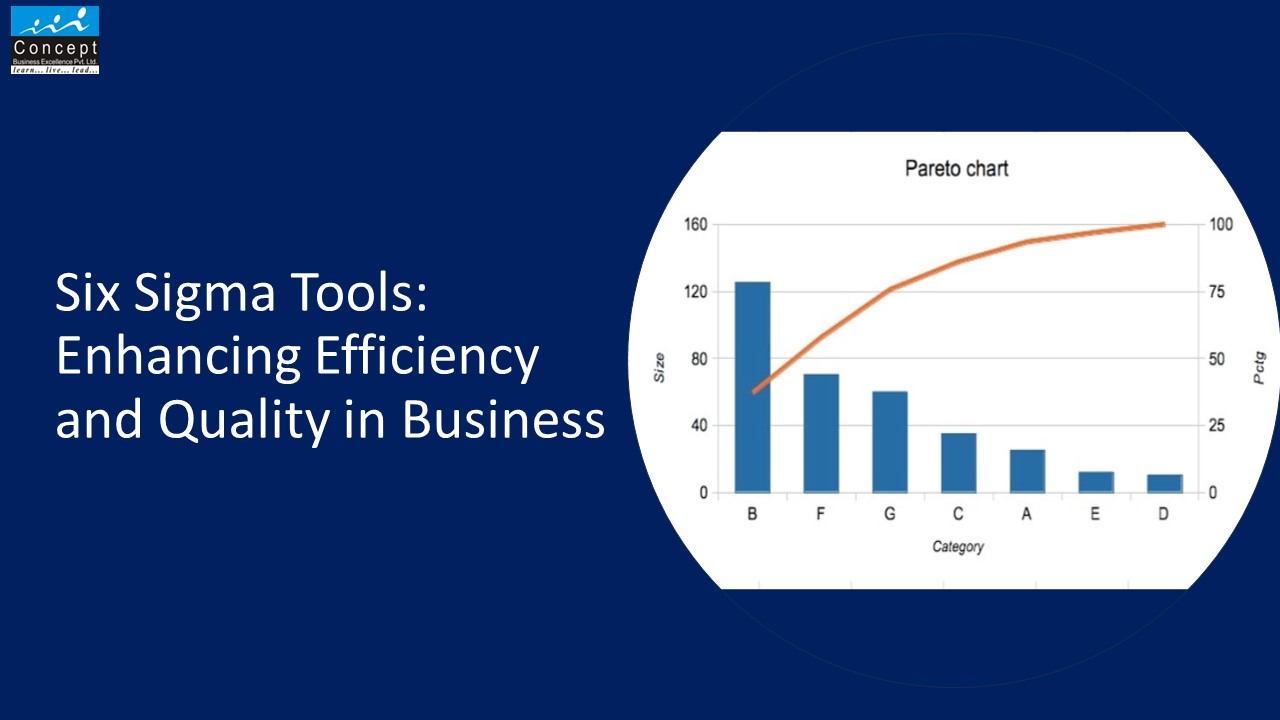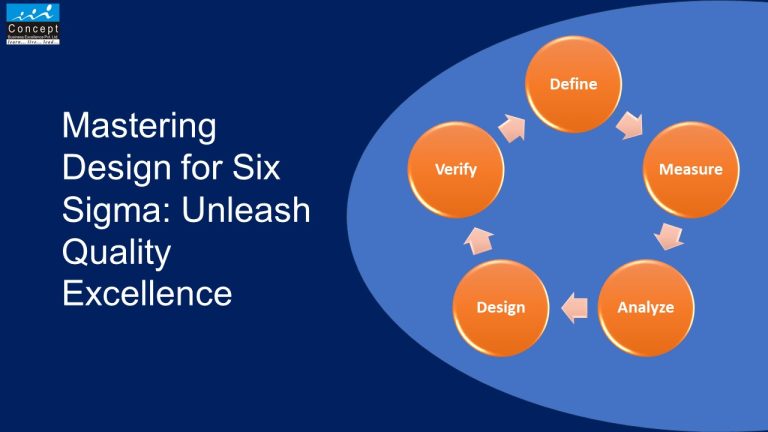Six Sigma Tools: Enhancing Efficiency and Quality in Business
In today’s highly competitive business landscape, organizations strive to achieve higher efficiency, improved quality, and reduced costs. One effective methodology that has gained widespread recognition in achieving these goals is Six Sigma. Six Sigma provides businesses with a structured approach to process improvement, enabling them to eliminate defects, minimize variations, and optimize operations. Central to the success of Six Sigma are a range of powerful tools and techniques that aid in data analysis, problem-solving, and decision-making. In this blog, we will explore some essential Six Sigma tools and their significance in driving organizational excellence.
Six sigma Tools
- Process Mapping:
Process mapping, also known as flowcharting, is a visual representation of a process, enabling a clear understanding of the sequence of activities, inputs, and outputs. It helps identify bottlenecks, inefficiencies, and opportunities for improvement. Process maps provide a foundation for further analysis and serve as a communication tool for stakeholders involved in process optimization.
- Pareto Chart:
A Pareto chart is a bar graph that displays data in descending order of frequency or impact. It helps identify and prioritize the most significant issues or causes within a process. By focusing efforts on the vital few factors contributing to the majority of problems, organizations can allocate resources effectively and address the root causes, leading to substantial improvements.
- Root Cause Analysis (RCA):
Root Cause Analysis is a systematic approach used to identify the underlying causes of problems or defects. It involves techniques such as the 5 Whys, cause-and-effect diagrams (Fishbone diagrams), and Failure Mode and Effects Analysis (FMEA). RCA helps organizations gain a deeper understanding of the issues at hand, enabling targeted solutions to prevent their recurrence.
- Statistical Process Control (SPC):
Statistical Process Control is a methodology that uses statistical techniques to monitor and control processes, ensuring they operate within specified limits. SPC involves the use of control charts, which display process data over time, highlighting trends, variations, and out-of-control conditions. By analyzing these charts, organizations can make data-driven decisions, identify process instability, and take corrective actions before defects occur.
- Design of Experiments (DOE):
Design of Experiments is a structured approach used to systematically investigate and optimize process variables and their interactions. DOE allows organizations to understand how different factors affect process outcomes and determine the optimal combination of variables for achieving desired results. It reduces the need for trial and error, saving time and resources while maximizing process efficiency.
- Failure Mode and Effects Analysis (FMEA):
Failure Mode and Effects Analysis is a proactive technique used to identify potential failures or risks within a process, product, or system. FMEA assesses the severity, occurrence, and detectability of each failure mode, assigning a risk priority number (RPN). This enables organizations to prioritize improvement efforts, implement preventive measures, and mitigate potential risks, resulting in enhanced product quality and customer satisfaction.
The application of Six Sigma tools empowers organizations to streamline processes, improve quality, and drive sustainable growth. By employing process mapping, Pareto charts, root cause analysis, statistical process control, design of experiments, and failure mode and effects analysis, businesses can identify areas for improvement, make informed decisions, and implement effective solutions. These tools provide a structured framework for continuous improvement, ensuring organizations achieve their goals of operational excellence and customer satisfaction. Embracing Six Sigma tools not only enhances efficiency and quality but also fosters a culture of data-driven decision-making and process optimization within the organization.
Do you want to learn the above Six sigma tools check Six Sigma Training





